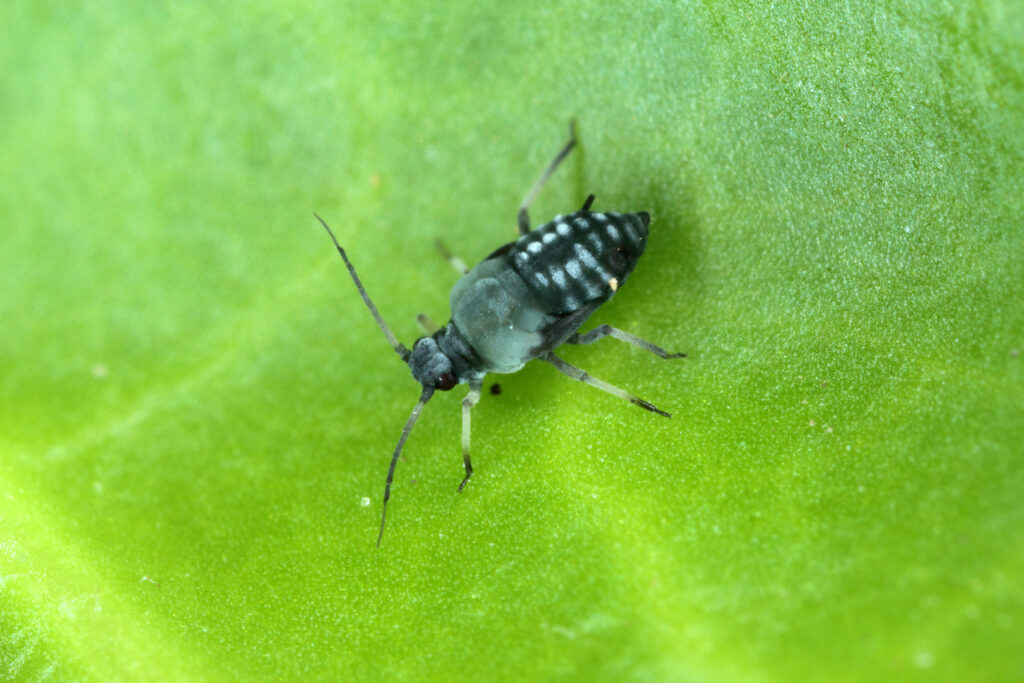With high aphid forecasts predicted, make your single insecticide application on fodder beet crops count
18th March 2022
Belchim Crop Protection technical account specialist, Stuart Harder offers advice on using your one allowable application as effectively as possible to avoid significant fodder beet yield losses.

Black bean aphid (Aphis fabae).
“With only one application of Teppeki (flonicamid) permitted for use on fodder beet crops this season, don’t compromise on timing. Use your one allowable application as effectively as possible to prevent a build-up of either black bean aphid (Aphis fabae) or peach potato aphid (Myzus persicae) that can lead to significant fodder beet yield losses,” advises Belchim Crop Protection technical account specialist, Stuart Harder.
With key viruses such as beet yellowing virus (BYV), beet mild yellowing virus (BMYV) and beet chlorosis virus (BChV) jointly accounting for annual yield losses in fodder beet crops of up to 50%, Mr Harder says farmers should begin monitoring their crops from early April. Both the peach potato and black bean aphid are found in all parts of the UK and can be expected to begin migration into crops from mid-April with a likely peak of activity expected in mid-May.
With only one application available, timing is important, he adds. “Try not to compromise your timing by tank mixing Teppeki with herbicides to save a crop pass. If you do, the likely outcome is that the tank mix may be mis-timed, leading to mixed results for either the insecticide or the herbicides.
“Earlier aphid infections do more damage than later infections so, once aphid numbers reach the key threshold of one green wingless aphid per four plants, apply Teppeki at 140g/ha of product in 200 litres of water to ensure good coverage.”
Mr Harder warns farmers not to be alarmed if aphids still appear to be moving after applying Teppeki. “Teppeki works as a feeding inhibitor so, whilst aphids may be alive for a while, they can no longer feed and will not be transmitting the virus, eventually dying within 3-4 days of spraying.”
He concludes: “Virus incidence levels in fodder beet crops without treatment are expected to be nearly as high this year as they were in 2020 – a very bad year for virus due to high peach potato and black bean aphid populations. Current advice is to treat the threat seriously and time your application to maximise results. It’s also worth remembering that aphids affect ration quality as the viruses they spread decrease sugars and increase impurities in the fodder beet.”
